Another 109.5 acres in Lycoming County’s Cascade Township were conserved through the on-going support of our members and the generous donation by landowners Genevieve Neff Logue and Matthew and Kimberly (Logue) Smargiasso.
For decades, the Logues drove from their home in northwest Pennsylvania to Williamsport for family visits. During those visits, Genevieve and her late husband, John “Jack” F. Logue, Jr. – Williamsport natives – and their son Kevin, daughter Kim and son-in-law Matt, would sometimes head north to hike the former Charles and Catherine (McCrystal) Logue property. Jack provided the commentary about Cascade Twp. and childhood visits to this place—his grandparents’ farm.
Locating the homestead’s small stone foundation and a nearby spring, spotting the apple tree and lilac, admiring broad stone walls crafted by Irish Catholic hands, appreciating the wetlands, and taking in the long view at the top of Frymire Road were all part of the outings.
 This land is where Jack’s father John F. Logue, Sr., his uncle Vincent Logue, and a special aunt Katherine Logue Kilby grew up. Cascade Twp. was a place where Jack’s extended family lived and gathered. It was a magical place for him, an only child who lived a long 25 miles away in the city of Williamsport. It was open space to ramble, observe, think, and daydream. It fed the soul and shaped the man.
This land is where Jack’s father John F. Logue, Sr., his uncle Vincent Logue, and a special aunt Katherine Logue Kilby grew up. Cascade Twp. was a place where Jack’s extended family lived and gathered. It was a magical place for him, an only child who lived a long 25 miles away in the city of Williamsport. It was open space to ramble, observe, think, and daydream. It fed the soul and shaped the man.
It turned out he wasn’t the only one who loved that land. It has remained in the family as one contiguous tract thanks to his aunt Katherine first and then to Jack and Genevieve. Katherine and Jack seemed to share an unspoken “leave the surface alone” philosophy.
Legacy. That’s what prompted Kim and Matt to travel from Mercer County to the Northcentral Pennsylvania Conservancy (NPC) office to ask about conservation easements. Their first exposure to the easement concept came through more than 30 years of membership with the Western Pennsylvania Conservancy. (Sometimes conservancy organizations are working together and don’t even realize it!) Genevieve, who is 88 and no longer travels, was on board with the idea of a conservation easement…as long and Kim and Matt took the lead. And they did. Knowledge of options, a mission to conserve the tract as Kim’s father had done for decades, and respect for ancestry quickly gelled into a plan.
The rolling and irregular property has changed a bit over the decades. Stonewalls, a trademark of Irish homesteads in the area, still exist. However, the property is no longer recognizable as a farm. The fields have been gradually reverting to woodland. Trees have matured and some areas have always been wooded. The forest consists of a mixture of northern hardwoods, including beech, birch, cherry, oak and maple, and associated species. Some light timbering in one area was done in 2011 in accordance with the property’s Forest Stewardship Plan. A variety of ferns have grown; deer have prospered; a short walking trail was created.
The property contains several wetlands including an abandoned beaver pond that is now approximately five acre wetland. The property’s springs and wetlands contribute to an  un-named tributary of Wallis Run flowing through the property. Wallis Run is an EV (Exceptional Value) designated waterway in Pennsylvania. The water from this property eventually reaches the Chesapeake Bay, whose protection and restoration is a multi-state priority.
un-named tributary of Wallis Run flowing through the property. Wallis Run is an EV (Exceptional Value) designated waterway in Pennsylvania. The water from this property eventually reaches the Chesapeake Bay, whose protection and restoration is a multi-state priority.
The family didn’t fully realize the significance of the water resources on their Lycoming County property until November 2014 when Kim and Matt joined NPC staff, interns, and the technical committee to walk the land and then discuss it. By conserving this property, the landowners are helping to protect not only this region’s water quality but also that of the Susquehanna River and ultimately the Chesapeake Bay. During the meeting, NPC staff members were also able to relay to the landowners the importance of preventing erosion and siltation as well as overly compacted soil that can be caused by disturbances, including ATV use and horseback riding.
Before he died in 2009, John F. Logue, Jr. talked to Kim about his lucky life. He became a professional musician, mathematician, teacher, and computer programmer / systems analyst. Hearkening to his childhood appreciation of open space and with Genevieve’s willingness and capable assistance, he also added gentleman sheep farmer to the list. The Mercer County property grew to include fields, pastures, and woodlands with a ravine and small creek. It was an ideal setting for their kids and the neighborhood kids to explore, play, and embrace the natural world. And they did. And it shaped them too. The Logue family believes that this easement is yet another opportunity to inspire future generations to respect and appreciate the natural world.



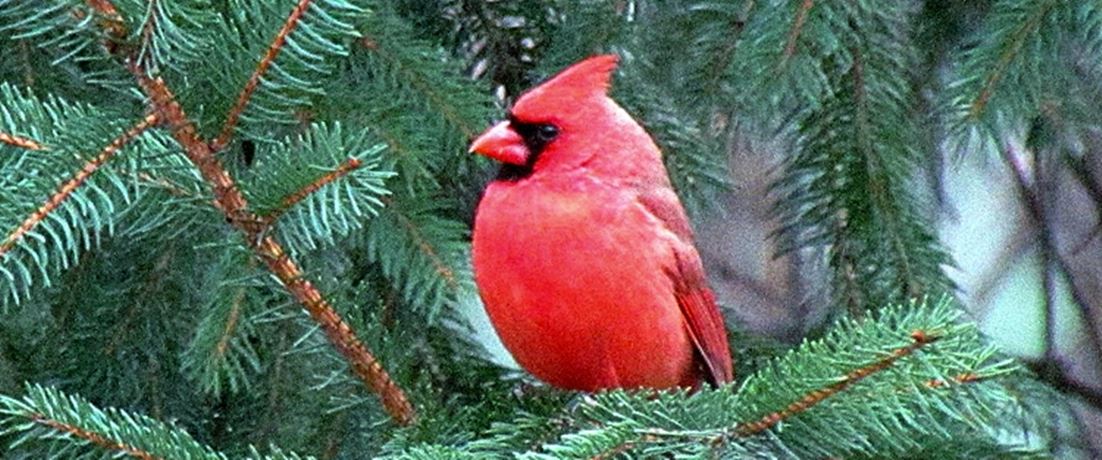
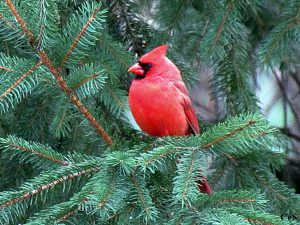
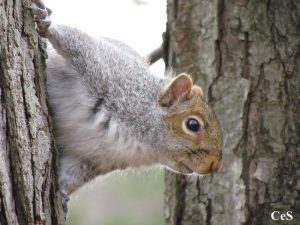
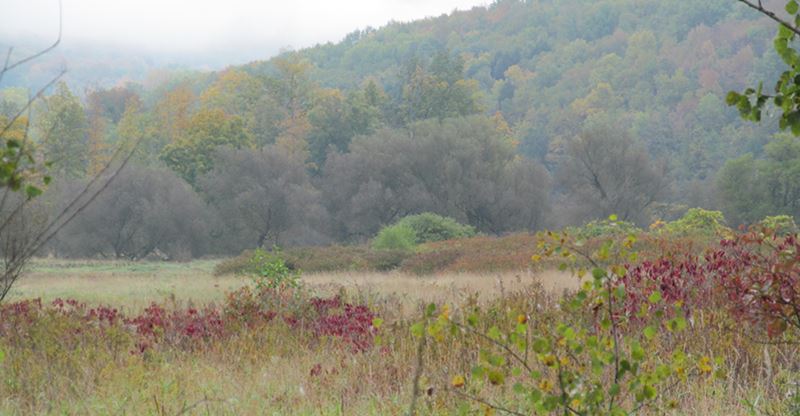
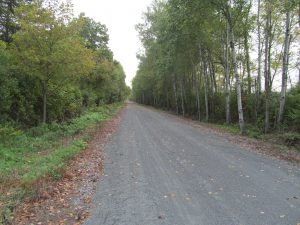

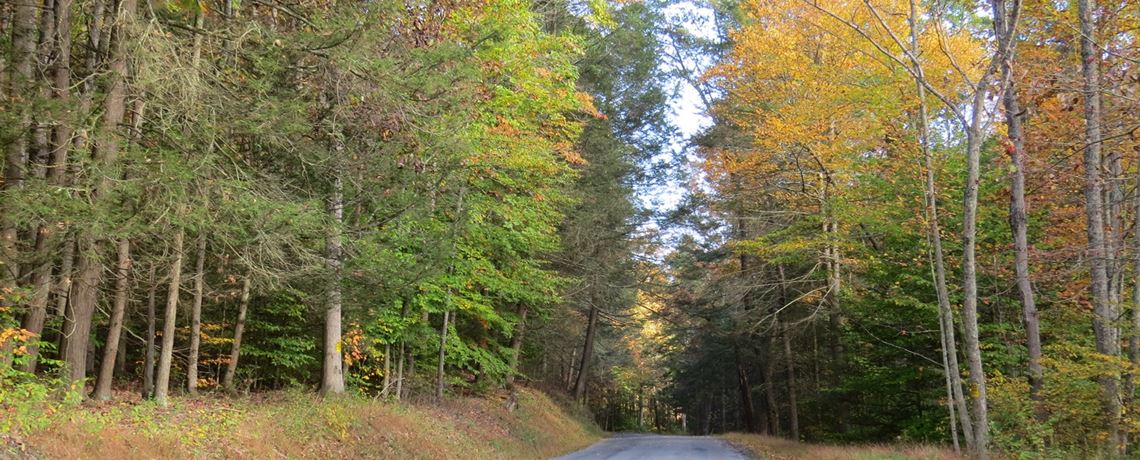
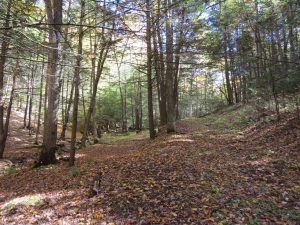
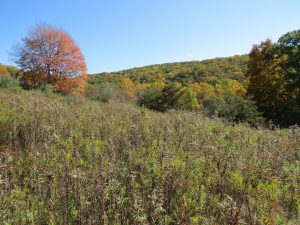
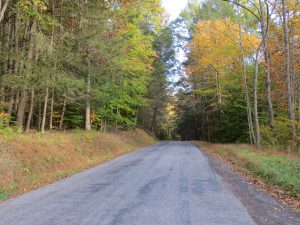
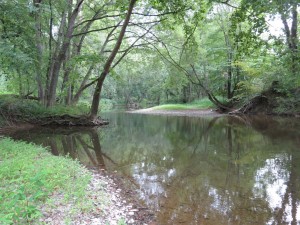
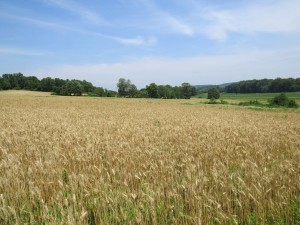
 Today is National Squirrel Appreciation Day! While many people find it hard to appreciate squirrels because of the way squirrels can raid birdfeeders, think about a squirrel’s ability to move a forest…
Today is National Squirrel Appreciation Day! While many people find it hard to appreciate squirrels because of the way squirrels can raid birdfeeders, think about a squirrel’s ability to move a forest…


